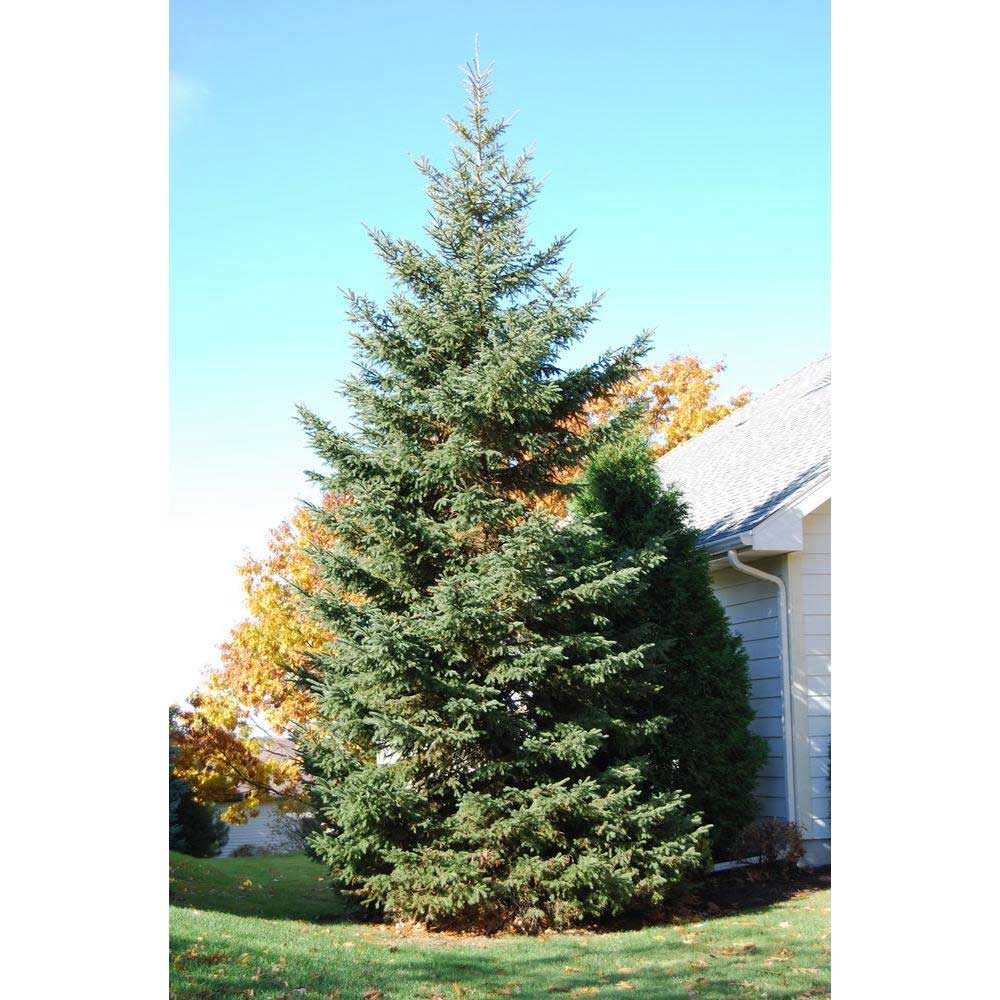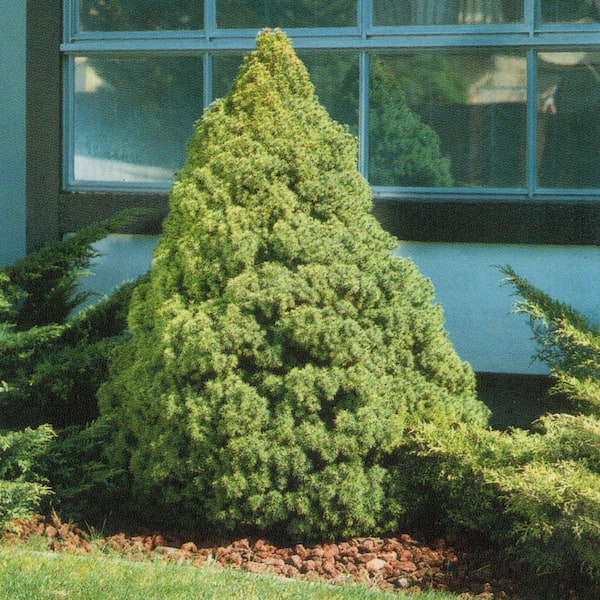If you’re looking to enhance your garden or landscape, decorative spruce trees may just be the perfect solution. Not only do they provide year-round beauty, but they also offer a range of benefits. As someone who has spent years cultivating my garden, I can attest to the transformative power of these resilient trees. In this guide, we’ll explore everything you need to know about decorative spruce trees—from types and care to landscaping ideas and personal experiences. Let’s dive in!
What Are Decorative Spruce Trees?
Decorative spruce trees are coniferous evergreens renowned for their aesthetic appeal and hardiness. They belong to the genus Picea, which comprises over 35 species native to the Northern Hemisphere. Known for their distinctive needle-like leaves and conical shape, these trees can serve as standalone features or be integrated into larger landscapes.
Why Choose Decorative Spruce Trees?
Choosing spruce trees for your landscape has many advantages:
- Year-Round Greenery: These trees maintain their vibrant green color throughout the year, providing a striking contrast against seasonal changes.
- Low Maintenance: Spruces are hardy and require minimal care, making them ideal for both novice and experienced gardeners.
- Wildlife Friendly: They provide habitat and food for various wildlife, enhancing your garden’s ecological value.
Types of Decorative Spruce Trees
There are several types of spruce trees, each with unique characteristics and appeals. Here are some of the most popular varieties:
| Type | Height | Spread | Color | Best for |
|---|---|---|---|---|
| Norway Spruce (Picea abies) | 40-60 ft | 25-30 ft | Dark Green | Privacy Screens |
| Blue Spruce (Picea pungens) | 30-60 ft | 10-20 ft | Steel Blue | Accent Trees |
| White Spruce (Picea glauca) | 40-60 ft | 20-30 ft | Medium Green | Windbreaks |
| Sitka Spruce (Picea sitchensis) | 50-100 ft | 20-30 ft | Blue-Green | Large Landscapes |
Caring for Decorative Spruce Trees
To ensure your decorative spruce trees thrive, proper care and maintenance are essential. Here are some helpful tips based on my personal experiences:

Soil Requirements
Spruce trees prefer well-drained, sandy or loamy soils. Before planting, ensure the soil is amended to promote healthy root development.
Tip:
Test your soil pH to ensure it falls between 5.0 and 8.0 for optimal growth.

Watering Practices
Young spruce trees require regular watering, especially during dry spells. However, avoid overwatering, as this can lead to root rot.
Fertilization
Applying a slow-release fertilizer in early spring will give your spruce trees the nutrients they need for vigorous growth. Look for fertilizers high in nitrogen.

Common Fertilizer Brands:
- Miracle-Gro Tree & Shrub Plant Food
- Osmocote Slow Release Plant Food
Pruning and Maintenance
While spruces maintain a natural shape, occasional pruning helps remove dead or diseased branches, promoting overall health.

When to Prune:
Late winter or early spring, just before new growth begins, is the best time to prune.
Landscaping Ideas with Spruce Trees
Decorative spruce trees can be integrated into various landscaping styles. Here are some creative ideas to consider:

1. Accent Trees
Positioning a blue spruce strategically can serve as a stunning focal point in your garden. Their unique coloration brings a beautiful contrast to green foliage.
2. Windbreaks
Using Norway spruce in a row can create an effective windbreak, providing shelter for your garden and home.

3. Privacy Screens
Dense, tall spruce species can be planted to create a natural privacy screen, shielding your outdoor space from surrounding views.
4. Seasonal Displays
Incorporate decorative elements around your spruce trees for seasonal displays—think colorful flowers in summer and festive lights in winter.

Personal Experience: My Journey with Decorative Spruce Trees
When I first moved into my house, I knew I wanted to create a peaceful garden retreat. After researching various tree options, I decided on blue spruce due to their striking color and versatility. Over the years, these trees have become the centerpiece of my landscape. I’ve seen firsthand how they attract birds, provide shade, and enhance the overall aesthetic of my yard.
Challenges I Faced
Like any gardening endeavor, I faced my share of challenges. Initially, my spruce trees struggled with a lack of water during a dry spell. However, after adjusting my watering schedule and ensuring proper drainage, my trees flourished. My experience has taught me the importance of adapting care practices based on the specific needs of the trees.
Pros and Cons of Decorative Spruce Trees
Like any plant, decorative spruce trees come with their advantages and disadvantages:
Pros
- Year-round greenery
- Low maintenance requirements
- Ecologically beneficial
- Wide range of sizes and colors
Cons
- Potential for pest infestations (e.g., spruce budworm)
- Can outgrow small spaces if not monitored
- Some species require specific soil conditions
Common FAQs About Decorative Spruce Trees
What is the best time to plant spruce trees?
The best time to plant spruce trees is in early spring or fall when temperatures are milder, allowing for better root establishment.
How often should I water my spruce trees?
Water young spruce trees every week during dry spells. Once established, they are more drought-resistant but still benefit from regular watering.
Do spruce trees need sunlight?
Yes, spruce trees thrive in full sun to partial shade. Ideally, they should receive at least 6 hours of direct sunlight daily.
How tall do spruce trees grow?
The height of spruce trees varies by species. Some may reach heights of up to 100 feet, while others remain smaller—around 30 feet.
Conclusion
Decorative spruce trees can bring life, beauty, and function to any landscape. With their variety of types, low maintenance needs, and ecological benefits, it’s no wonder they are a favorite among gardeners. Whether you’re looking to create a stunning backdrop, enhance privacy, or simply enjoy the aesthetic appeal, spruce trees are an excellent choice. As you embark on your gardening journey, remember that each tree has its unique story and potential, much like your own garden.
Happy planting!